How to comply with NYC Local Law 126 parking garage inspection rules - by Lawrence Keenan
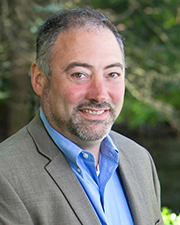
New York City Local Law 126 of 2021 requires garage owners to retain a specially designated professional engineer to conduct an assessment and file a report at least once every six years.
What is required?
Any space for parking/storing motor vehicles, other than an outdoor lot, 1- or 2-car garage, service station, or showroom, must undergo assessment by a Qualified Parking Structure Inspector (QPSI). A licensed engineer with at least three years of parking structure experience, a QPSI earns certification from NYC Department of Buildings (DOB) Parking Structure Unit.
1. Document review. The QPSI reviews previous reports, structural designs, repair drawings, violations, and other records.
2. Condition assessment. The QPSI designs an assessment program specific to the garage, based on construction, age, exposure, and other features, as well as history of maintenance and repairs. Physical examination may include sounding, load tests, non-invasive scanning, and/or core extraction, in addition to visual inspection. In evaluating structural components, waterproofing, fireproofing, and wearing surfaces, the QPSI may order additional inspections, probes, or tests to identify probable causes of observed defects.
3. Immediate response to unsafe conditions. Upon identifying an unsafe condition, the QPSI promptly notifies the owner and DOB and advises on appropriate protective measures.
4. Documentation of deficiencies. Photos, sketches, or other means must identify the location and extent of defects.
5. Annual observation checklist. During the assessment, the QPSI creates a customized checklist with elements to be inspected every year.
6. Final inspection. In a full walkthrough of each parking level, the QPSI verifies that reported findings reflect actual conditions.
7. Report filing. Following a prescribed format, the QPSI prepares a Compliance Report with findings and recommendations, classifying the garage as safe, unsafe, or “safe with repairs and/or engineering monitoring” (SREM). The report is filed with the DOB.
What if there’s an unsafe condition?
As soon as the QPSI reports an unsafe condition, the owner must take steps to protect public safety. Unsafe conditions must be corrected within 90 days, unless the QPSI determines it is not possible to do so and indicates a different timeframe.
Within two weeks after repairs are complete, the QPSI must re-inspect the garage and file an amended report. Protective measures remain in place until the report is accepted or the QPSI certifies correction and requests removal.
What about SREM conditions?
SREM conditions must be corrected within the timeframe recommended by the QPSI. Within three years of the initial filing, a QPSI must undertake another condition assessment and file an amended report, indicating the scope of ongoing monitoring, status of SREM conditions, and classification of any new conditions.
Reports cannot be filed describing the same condition at the same location as SREM for two consecutive cycles. If a previous SREM condition remains uncorrected, the QPSI must classify the garage as unsafe.
When must reports be filed?
Owners must file a report at least once every six years in staggered filing windows, within 60 days of the inspection. For new garages, a report must be filed six years from the first certificate of occupancy or within the next applicable filing window.
If the garage is within a building subject to the Facade Inspection Safety Program (FISP), the owner may request to align the parking structure filing window with that of the FISP.
In addition to required repairs, what must owners do between cycles?
Each year, parking garages must undergo an “annual observation,” based on a checklist prepared by the QPSI. The person performing annual observations is obligated to notify the owner and DOB of potentially hazardous conditions.
What are the penalties?
Filing late brings a penalty of $1,000/month. Failing to file racks up $5,000/year, in addition to the $1,000/month late penalty. Unsafe conditions not corrected within 90 days incurs $1,000/month until the condition is fixed and an amended report filed (unless an extension was granted). If an owner allows a SREM condition to become unsafe in the next cycle, they’ll face a $2,000 penalty, plus risk more penalties if the condition remains unaddressed.
Waivers may be sought when change in ownership, state of emergency, bankruptcy, or demolition preclude compliance.
What’s the main takeaway?
If you own a parking structure west or south of Central Park in Manhattan, you need to take immediate action. Owners of garages in these districts only had until December 2023 to retain one of the few professional engineers currently certified as QPSIs, then to schedule the inspection and allow time for the QPSI to file a compliance report.
Owners of garages in upper Manhattan and Brooklyn don’t have time to waste, either, with that filing period opening in 2024. For all NYC parking structure owners, it doesn’t hurt to plan ahead, as demand for limited QPSI resources and looming deadlines will likely lead to a last-minute scramble to meet requirements.
Lawrence Keenan, AIA, PE, QPSI is the director of architecture and engineering at Hoffmann Architects + Engineers, New Haven, CT.
NYC mayor and DOB release comprehensive façade inspection and safety study conducted by Thornton Tomasetti



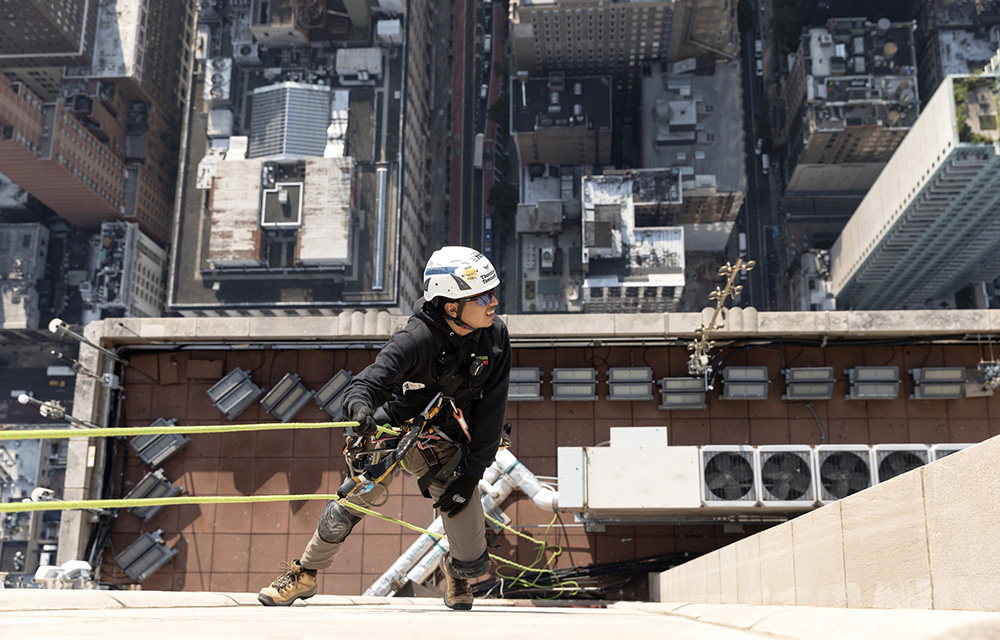

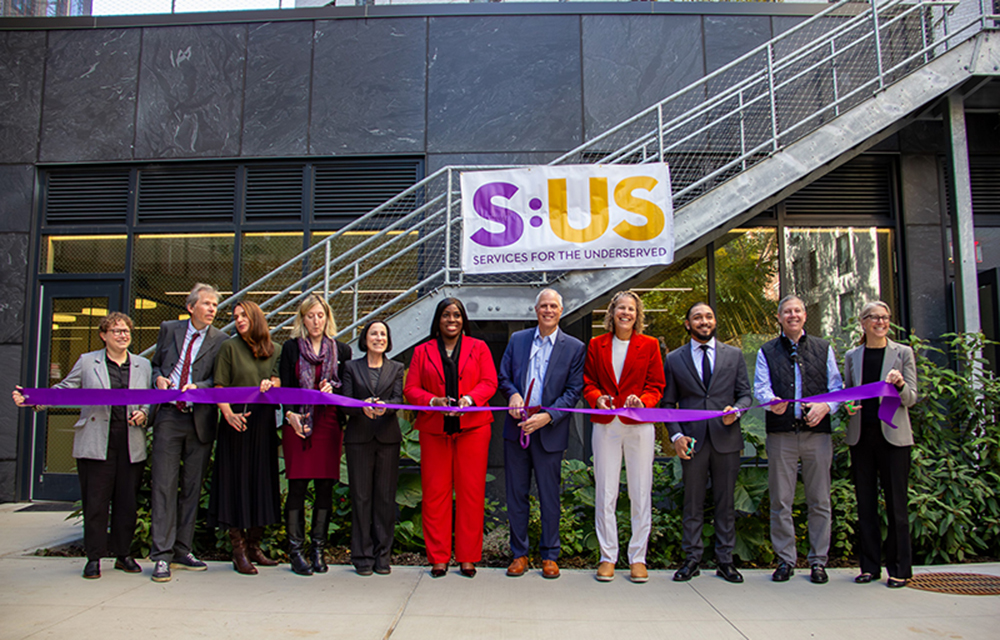
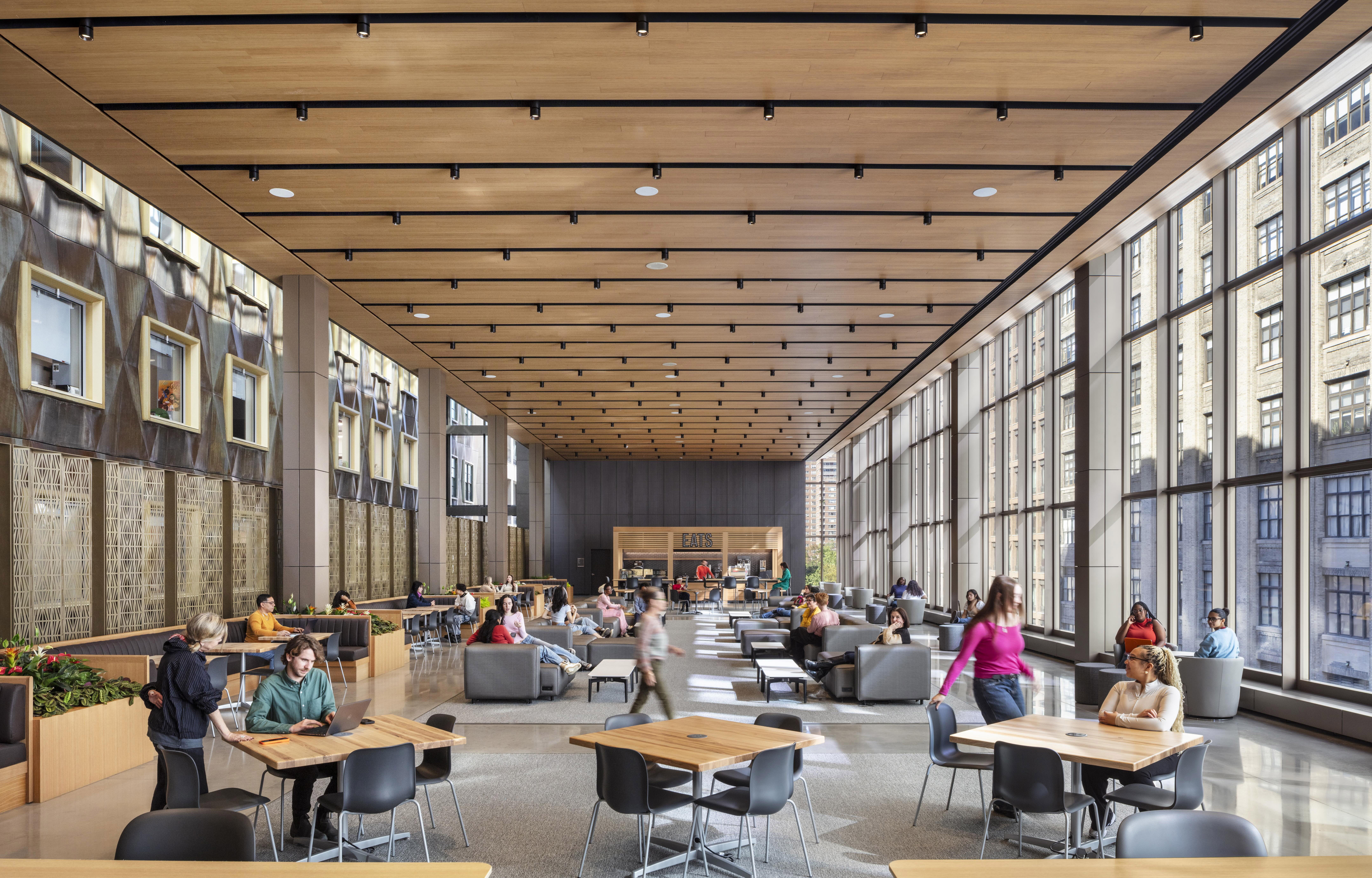
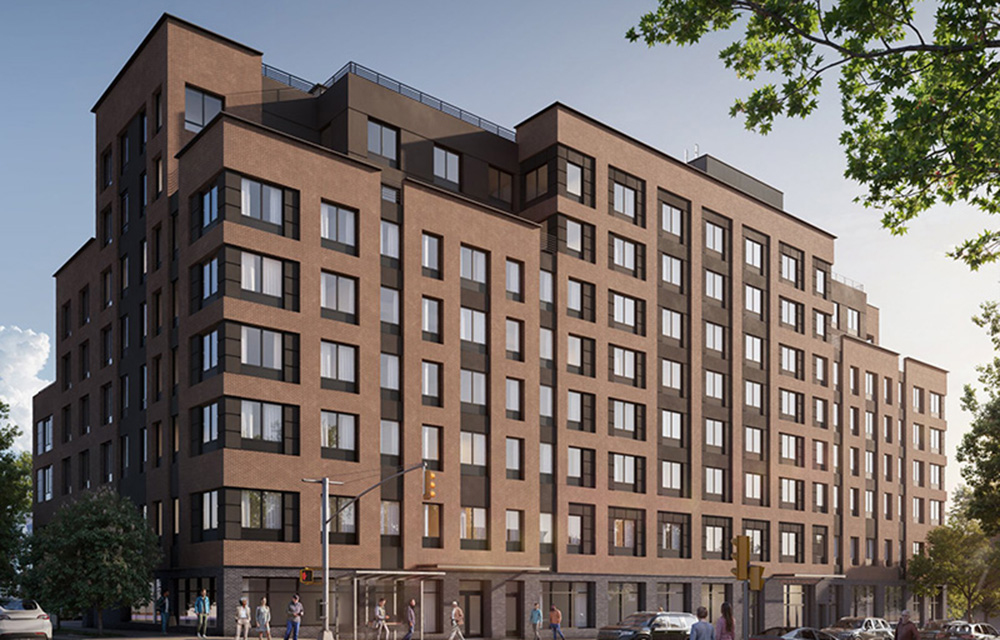
.gif)
.jpg)

.gif)